
The World’s Most Pois.onous Plants
The World’s Most Pois.onous Plants
Deadly nightshade, Queensland stinging tree, and water hemlock are some of the world’s most poisonous plants, capable of causing fatal effects through touch or ingestion.
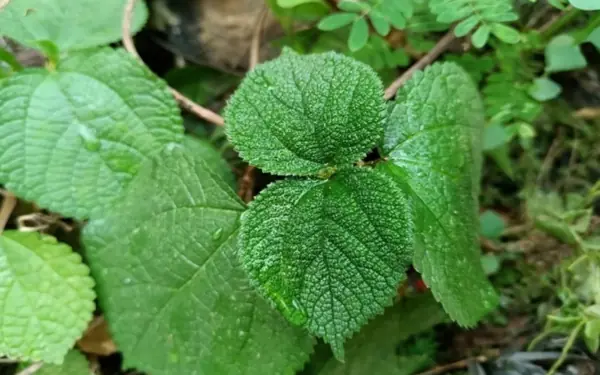
Deadly Nightshade
The deadly nightshade, scientifically known as Atropa belladonna, is a highly toxic plant. Every part of this plant, including its visually appealing berries, is poisonous when ingested. Moreover, its toxic effects can begin as soon as you touch it. According to the U.S. Forest Service, the plant contains toxic compounds such as hyoscine and atropine. These substances can cause skin inflammation (blistering, itching, burning, and swelling) and are capable of being absorbed through the skin. Symptoms of poisoning from A. belladonna include blurred vision, headaches, hallucinations, and seizures. Even in small amounts, deadly nightshade can be fatal.
Queensland Stinging Tree
Authorities strongly advise against touching the Queensland stinging tree (Dendrocnide moroides), also known as the gympie gympie or stinging bush, as it can cause pain resembling electric shocks that last for months. Native to Australia, this shrub appears harmless and can easily be mistaken for a common nettle.
Some people describe it as the most painful plant in the world. It is covered with fine, hair-like needles that penetrate the skin and deliver a neurotoxin that doesn’t break down over time, enduring both heat and cold. The resulting intense pain can persist for months. The neurotoxin in the Queensland stinging tree can also trigger a severe allergic reaction known as anaphylaxis.
Environmental scientist Les Moore shared his experience with the toxic plant, describing himself as looking like “Mr. Potato Head” after contact. “I think I went into anaphylactic shock and took days to regain my vision. Within minutes, the initial stinging and burning worsened, and the pain in my eyes felt like someone had thrown acid at me. My mouth and tongue swelled to the point where I had difficulty breathing. I became weak and had to crawl out of the bush,” Moore recounted.
Water Hemlock
The hemlock family includes several toxic species, among which four types of water hemlock (Cicuta species) are particularly lethal and can be found in North America. According to the U.S. Fish and Wildlife Service, the spotted water hemlock (Cicuta maculata) is often referred to as the most dangerous plant in North America. Like deadly nightshade, every part of the water hemlock is extremely toxic due to its high content of cicutoxin.
This neurotoxin can be quickly absorbed through the skin or gastrointestinal tract, targeting brain receptors and causing symptoms such as vomiting, seizures, and convulsions. Without prompt medical treatment, water hemlock poisoning can result in death within 2–3 hours.
News in the same category


Whiteout conditions tri.gg.er 100-car pileup in Oregon, leaving drivers stranded

67,000 usd in gold found hidden inside a blender

Reason Taylor Swift was booed at Super Bowl as fans 'spot three-word comment' she fired back

Musk-led group makes $97.4 billion bid for control of OpenAI

Research from Spain shows that microplastic particles in tea bags can affect users' health

Mother-in-law sneaked in and did something shocking

Alaska plane is found with all ten people on board d.e.a.d

US judge temporarily blocks transfer of incarcerated trans women to men’s prisons

Woman who received pig kidney transplant

Warns against self-injecting beauty fillers at home

US: New dangerous virus discovered, raising many concerns
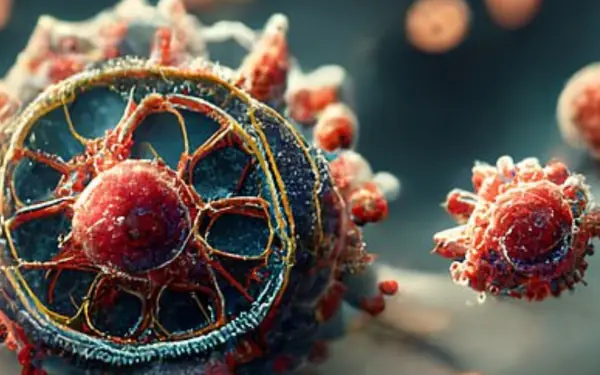
US: New dangerous virus discovered, raising many concerns

Trump orders US to withdraw from UN's top human rights b.o.dy, halt funding for Palestinian ref.ugees

Kanye West's cr.e.epy commands to Bianca Censori at Grammys revealed as fe.a.rs grow over in.dec.ent ex.po.sure st.u.nt

Beyonce finally wins best album at Grammys 2025

No sur.vivo.rs expected after air ambulance carrying 6 crashes in Philadelphia; 1 victim on ground k.il.led

U.S. Urgently Recalls Over 6,000 Bags of Lay’s Potato Chips

Can't believe it

Seemingly Normal but Hiding a Secret That Leaves People Terrified
News Post

Rice Water Isn’t Just Waste!

Garlic has great benefits, but not for everyone

5 warning signs of appendicitis you should never ignore!

Why Charging to 100% Can Harm Your Battery

Mix washing powder with sugar, a great tip that few people know

This Type of Fish is as Nutritious as Bird’s Nest, Very Affordable, Don’t Hesitate to Buy It When You See It at the Market

Drinking Goji Berry Water Regularly Provides These 7 Amazing Benefits for Your Body
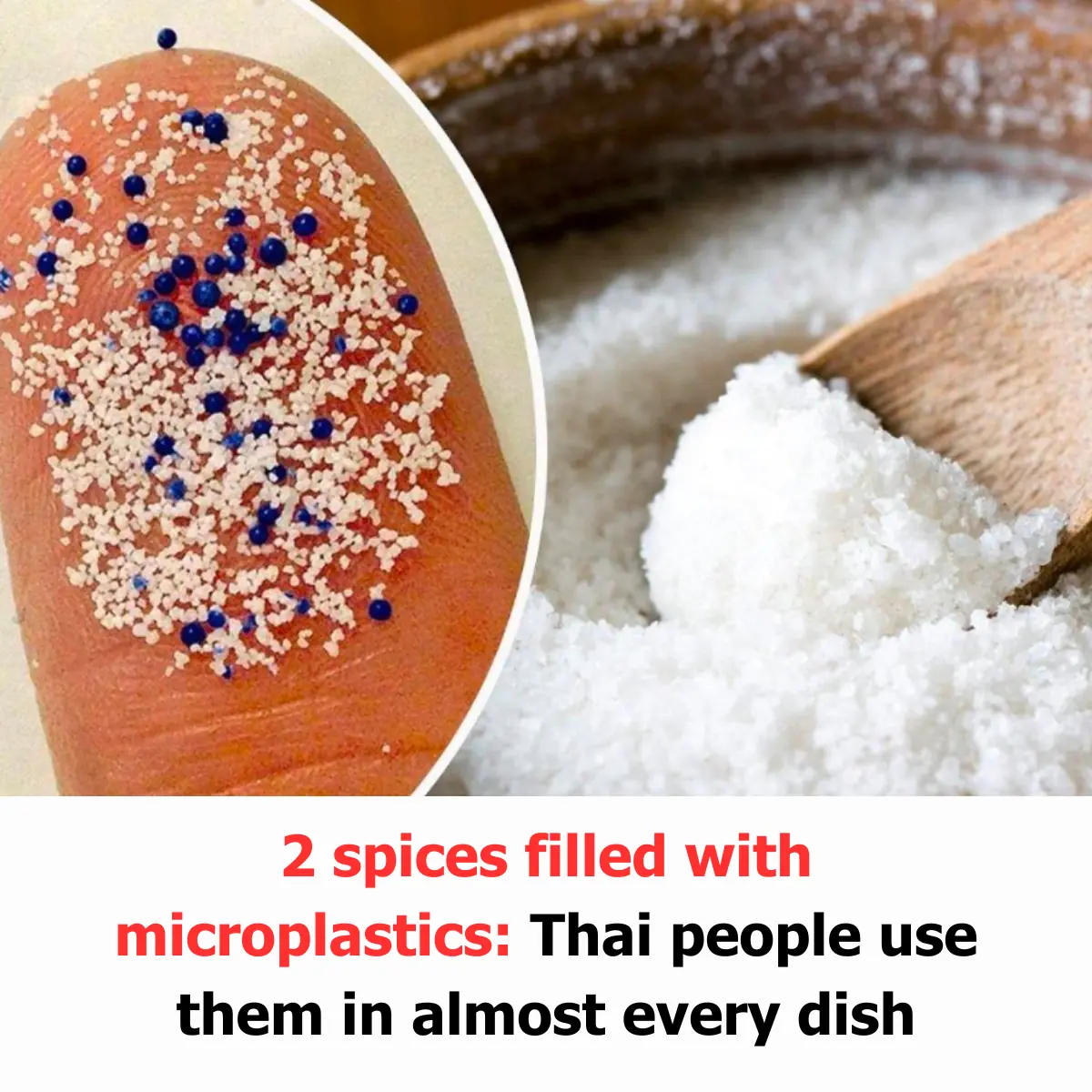
2 Spices Filled with Microplastics: Thai People Use Them in Almost Every Dish
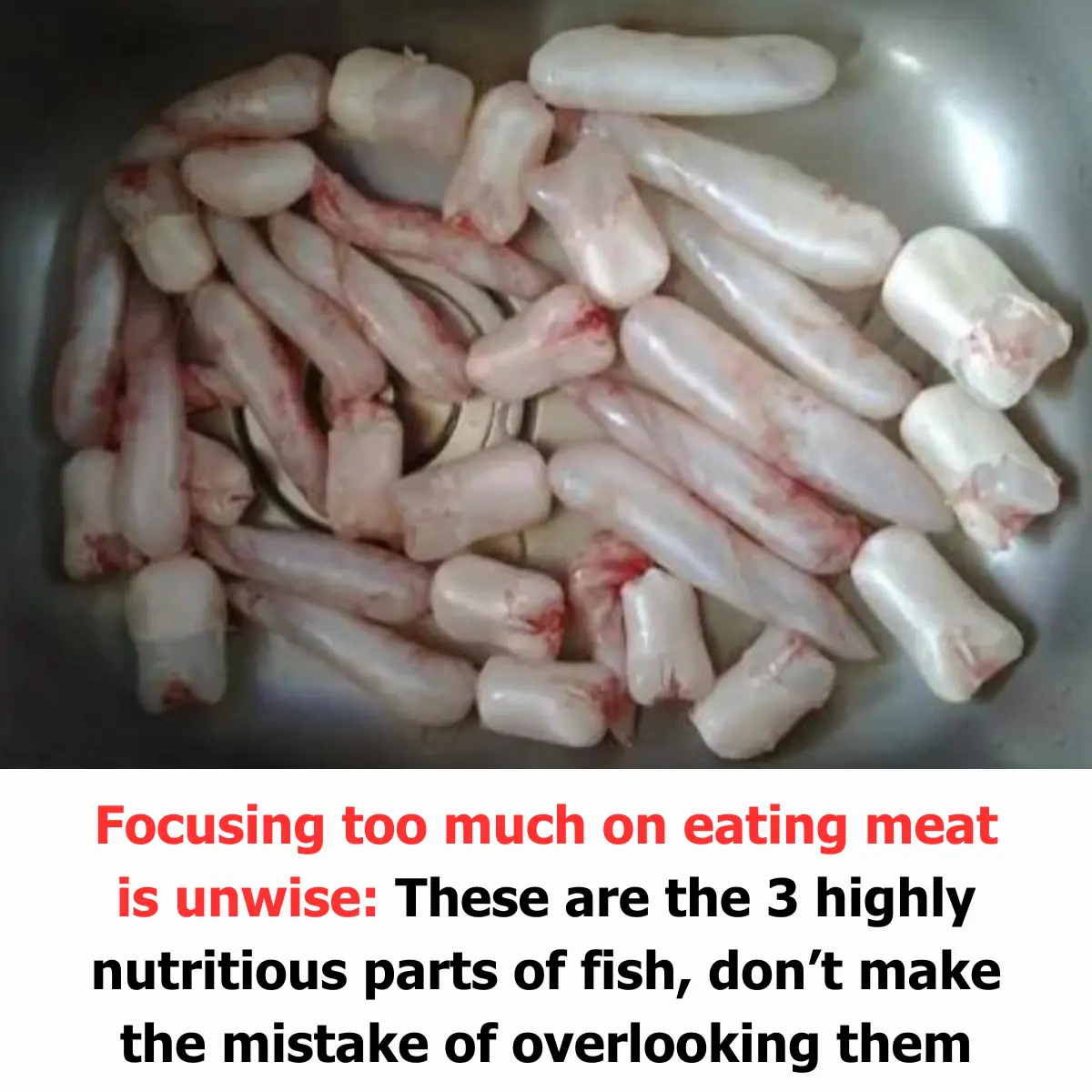
Focusing Too Much on Eating Meat Is Unwise: These Are the 3 Highly Nutritious Parts of Fish, Don’t Make the Mistake of Overlooking Them

You Must Unplug the TV When Entering a Guesthouse or Hotel for This Special Reason, Everyone Should Know

6 types of f.i.s.h you should NEVER eat

The Chef Adds Ice Cubes to the Bone Broth Pot, and Once People Know the Benefits, Everyone Will Want to Follow Suit

7 warning signs of c.a.n.c.e.r in the morning

Many people pay little attention

Mix Shampoo with One of These 7 Things, Reduce Hair Loss, and Stimulate Faster Hair Growth
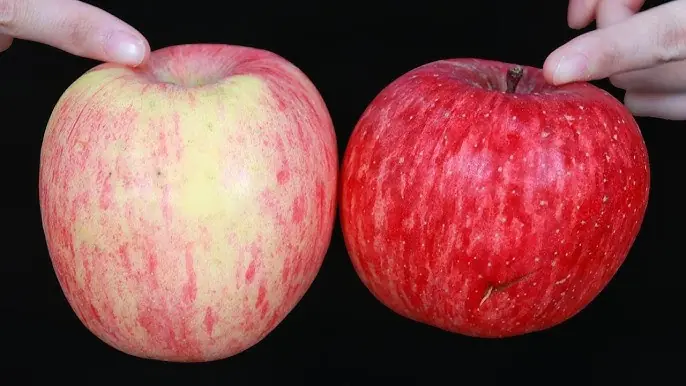
A Super Nutritious Fruit That Slows Aging: Here's How to Pick the Best One

8 signs of kidney failure that if ignored may require lifelong dialysis

4 Free Hotel Items You Should Avoid Using for Your Safety

Don't Throw Away Sprouted Potatoes! Try These Surprisingly Useful Tips
